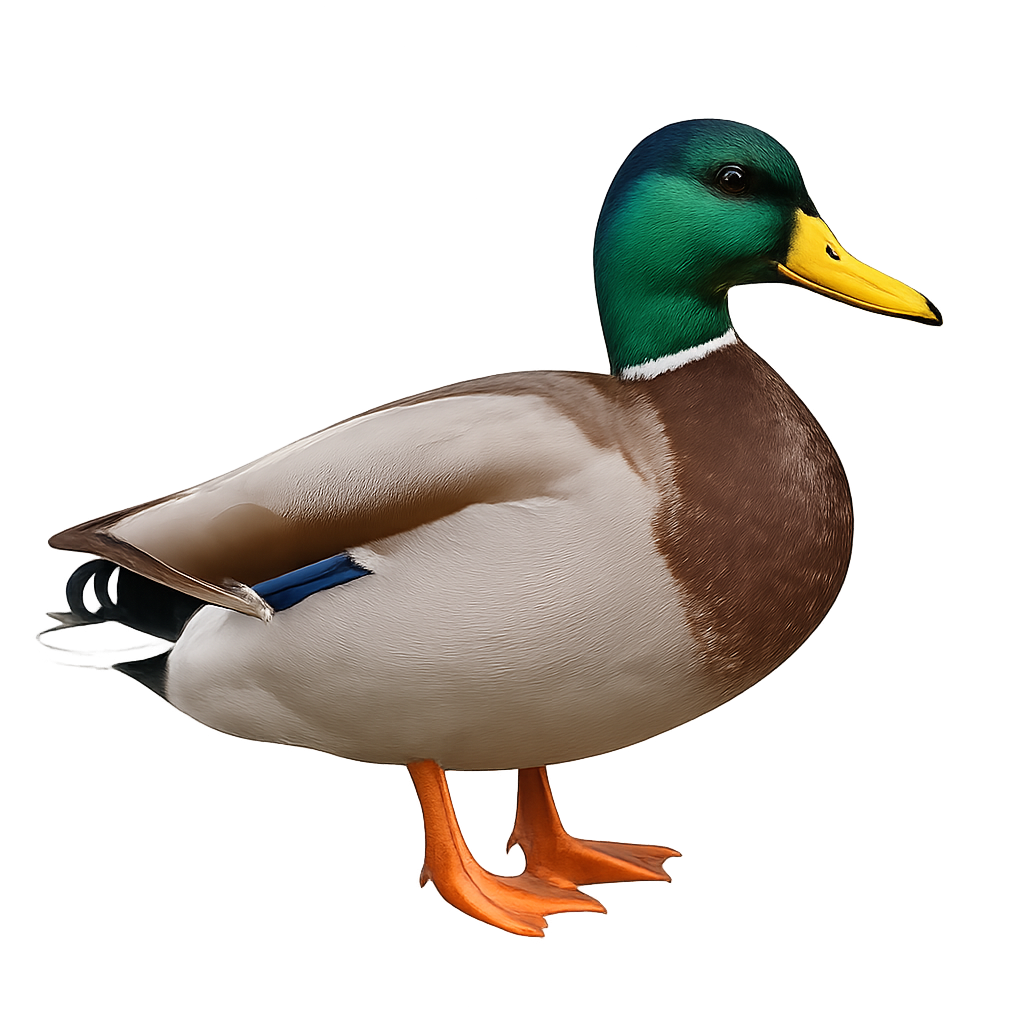Observe and photograph a species in its natural habitat
Learn where and when to observe a species in the wild, how to recognize it in the field, and what habitats it lives in. Get photography tips adapted to its behavior and capture stunning images without disturbing the animal. For full details, open the complete profile in the WildlifePhotographer app.
Mallard
Scientific name: Anas platyrhynchos

IUCN Status: Least Concern
Family: ANATIDAE
Group: Anatidae
Shyness: Suspicious
Safe distance: 30 m
Breeding season / Courtship: 15.03-15.06
Gestation: 27 à 28 jours
Births: 15.04-15.06
Habitat:
Freshwater wetland: ponds, lakes, slow rivers, marshes
Description:
Anas platyrhynchos is a medium-sized duck species, measuring between 50 and 65 cm in length, with a wingspan of 81 to 98 cm. The male is distinguished by its iridescent green head, white neck, and brown-roux body, while the female is brown-speckled, aiding in camouflage. They primarily inhabit freshwater wetlands such as ponds, lakes, slow rivers, and marshes. They feed on a wide variety of plant and animal matter, including seeds, roots, insects, and small fish. Reproduction occurs in spring, with the female building a ground nest near water, where she typically lays 8 to 13 eggs. Incubation lasts about 27 to 28 days, and ducklings are capable of swimming and feeding themselves shortly after hatching. A very widespread species, it is classified as Least Concern by the IUCN.
Recommended lens:
>=200 mm
Photography tips:
Use a telephoto lens to photograph the Mallard, especially during its movements in water or along the shores. Favor soft morning or evening light to capture the details of its coloration. Be patient and discreet to observe its natural behaviors.
Ready to take action?
Choose your platform and start your free trial today



